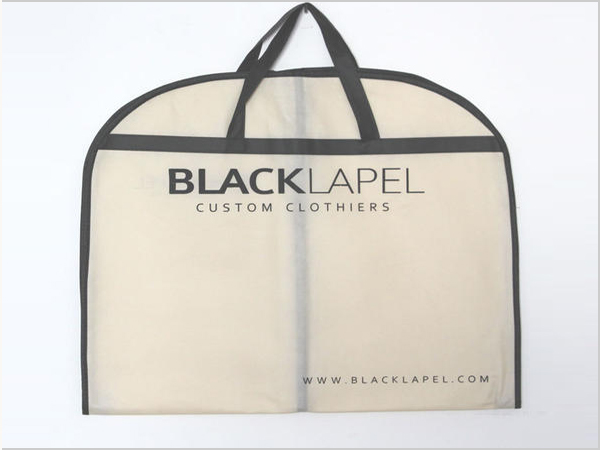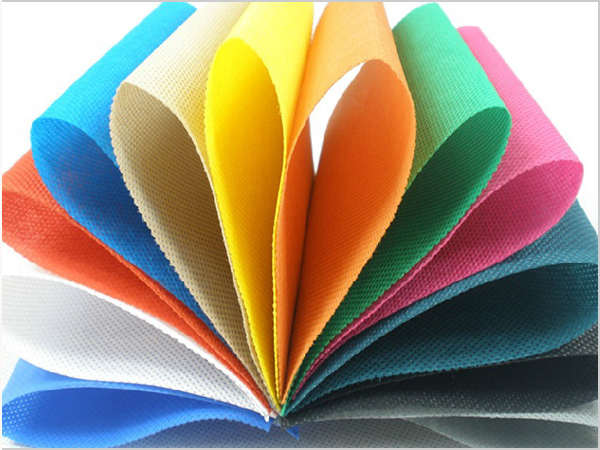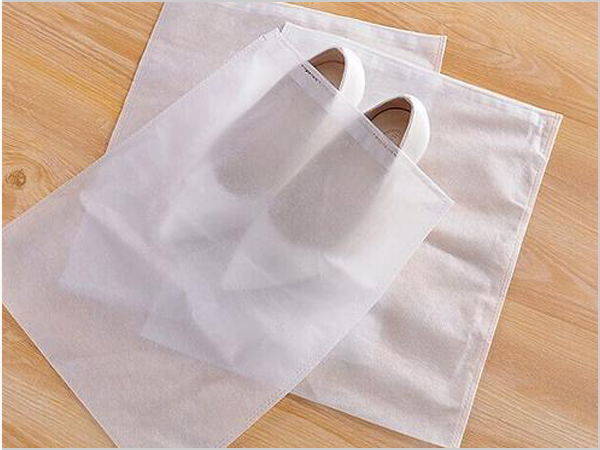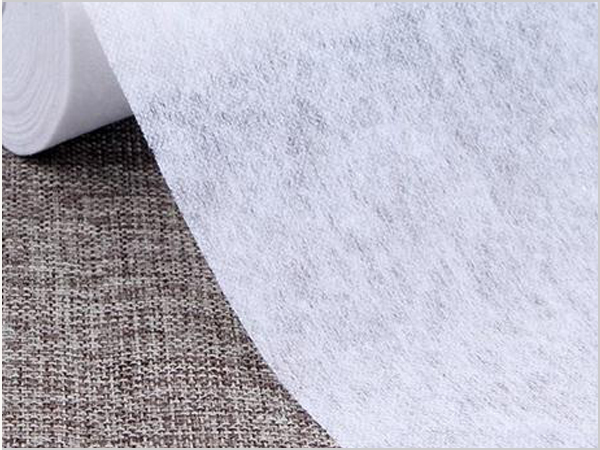- What are the main materials of spunbond nonwoven fabric?
- The major strike in Belgium has completely blocked the textile freight channels
- PP non-woven fabric is widely used due to its unique material properties!
- The disorderly temperature changes disrupt the inventory preparation for the "Golden September and Silver October" autumn and winter
- Spunbond nonwoven fabric has significant advantages over traditional textiles!

- Telephone: 0551- 66779966
- Cellphone: 18955130444
- Email: 58792982@qq.com
- Address: Building 1-2, East of Wubu Village Section, Hehuai Road, Wushan Town, Changfeng County, Hefei City, Anhui Province
Spunbond non-woven fabrics are formed after the polymer has been extruded and stretched to form continuous filaments. The filaments are laid into a web, and the web is then bonded through self-bonding, thermal bonding, chemical bonding or mechanical reinforcement. The web becomes a non-woven fabric. Our most common and most commonly used applications are non-woven bags, non-woven packaging, etc., and they are also easy to identify because the nip points of spunbonded non-woven fabrics are diamond-shaped.
Spunbond non-woven fabric features: high strength, good high temperature resistance (can be used for a long time in a 150 ℃ environment), aging resistance, UV resistance, high elongation, good stability and air permeability, corrosion resistance, sound insulation, mothproof, Non-toxic.
Main uses of spunbond non-woven fabrics
The main products of spunbond non-woven fabrics are polypropylene polyester (long fiber, staple fiber). Our most common and most commonly used applications are non-woven bags, non-woven packaging, etc., and they are also easy to identify, because spunbond The rolling point of the non-woven fabric is diamond-shaped.
The application level of spunbond non-woven fabric can also be used as flower packaging cloth, luggage cloth, etc., and its characteristics such as wear resistance, strong hand feel and so on, make it the best choice for making such products.
Needle-punched non-woven fabrics are a kind of dry-laid non-woven fabrics. Needle-punched non-woven fabrics use the puncture effect of needles to reinforce the fluffy web into a cloth. It can be used for geotextile, geomembrane, velvet cloth, speaker blanket, electric blanket cotton, embroidered cotton, clothing cotton, Christmas crafts, artificial leather base cloth, special cloth for filter materials.
Spunlace non-woven fabric The spunlace process is to spray high-pressure fine water jets onto one or more layers of fiber webs to entangle the fibers with each other, so that the webs can be reinforced and have a certain strength. Spunlace non-woven fabric, which is made of natural pure plant cellulose, processed by high-pressure water purification; it can be decomposed by itself after one-time use, and all return to nature without causing any pollution to the environment. It is a replacement for traditional wet towels and napkins. The most ideal products are the most ideal fashion products for hotels, guesthouses, restaurants, beauty salons, gyms, entertainment venues, airports, home schools, etc. Spunlace nonwovens involve medical and health, light industry, electronics, environmental protection and other disciplines.
- What are the main materials of spunbond nonwoven fabric?
- The major strike in Belgium has completely blocked the textile freight channels
- PP non-woven fabric is widely used due to its unique material properties!
- The disorderly temperature changes disrupt the inventory preparation for the "Golden Septe
- Spunbond nonwoven fabric has significant advantages over traditional textiles!
- What impact will the implementation of the Federal Reserve's interest rate cut have on the
- Anhui Xiangshuo Nonwoven Technology Co., Ltd. specializes in the production and supply of
- The global trade landscape is tearing apart as the Trump administration takes tough measur
- How are spunbond nonwovens produced?
- Why has textile and chemical fiber become the



